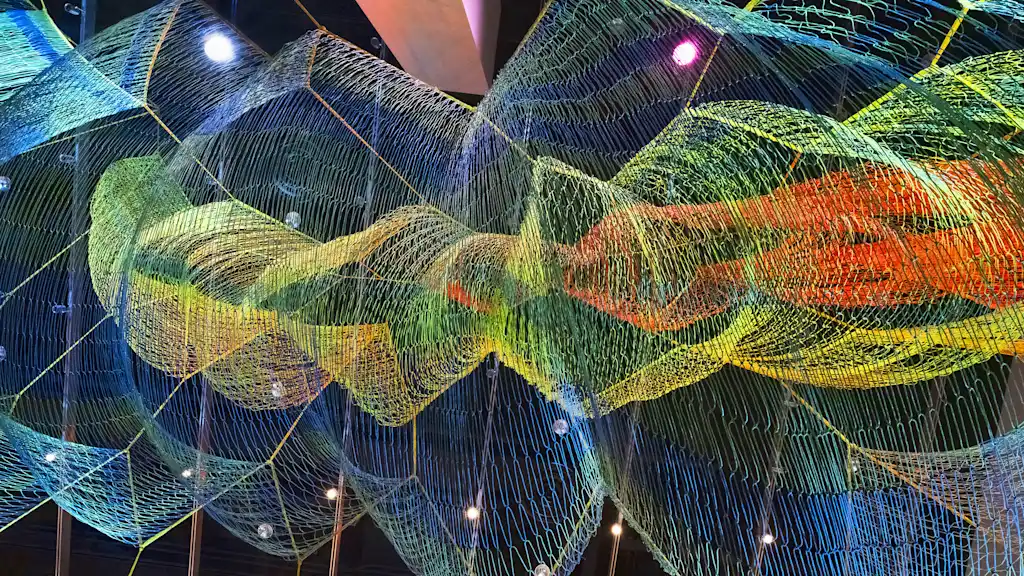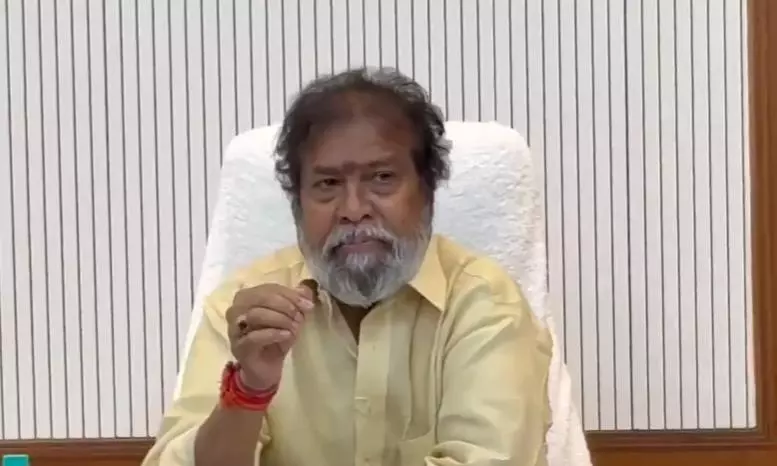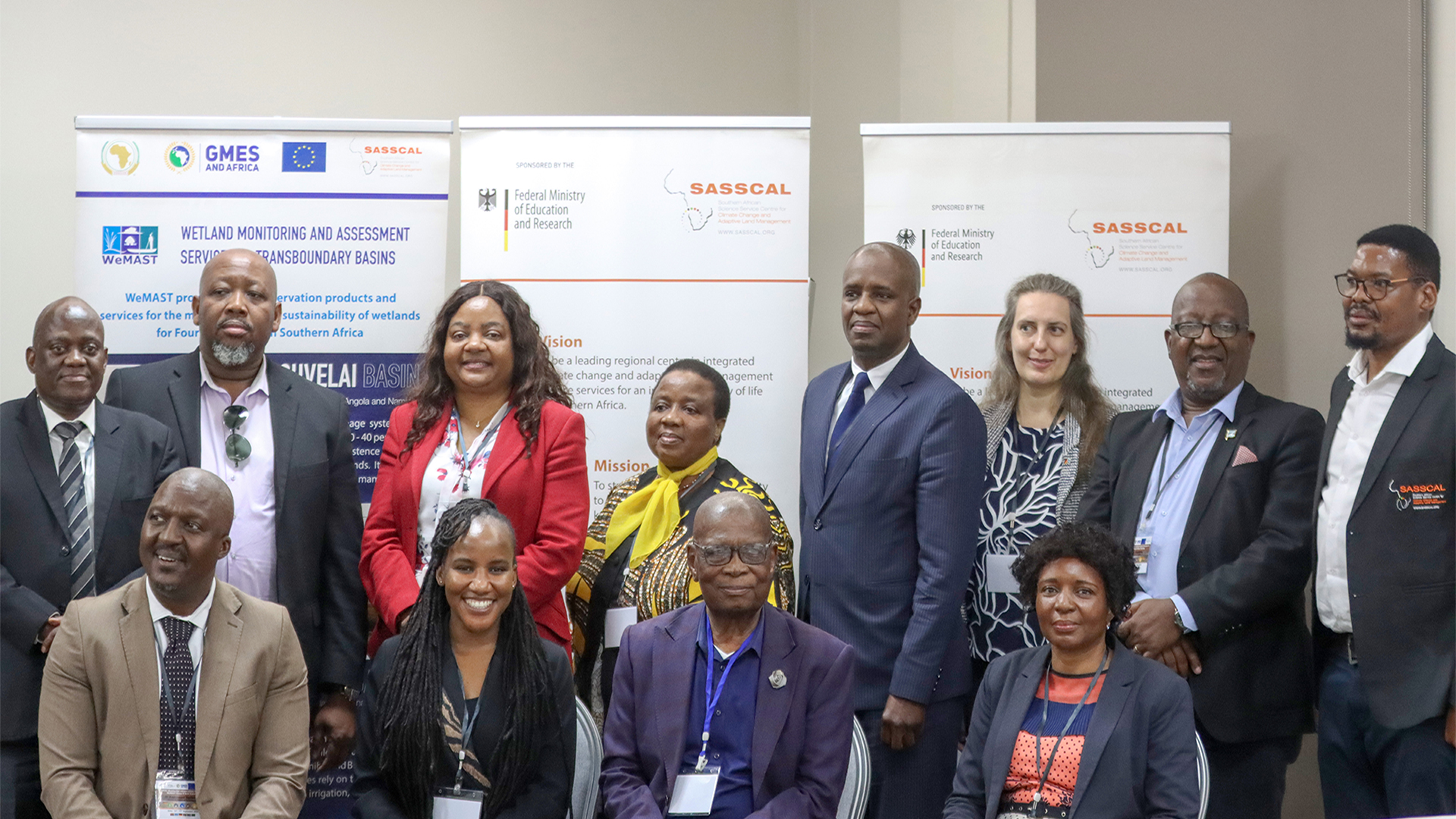
In the lobby of the MIT Museum in Cambridge, Massachusetts, an enormous sculpture made from thousands of feet of plastic twine falls from the ceiling. It’s entrancing. As you look up, your eyes take in how the fibers change color from blue to green to red to orange as it undulates across the space.
While the piece looks abstract, each fiber actually has a precise meaning. The artwork was created by artist Janet Echelman is inspired by climate data guided scientists at MIT. Each strand of fiber represents the temperature of the planet over a period of time and the color signifies how hot it is, with blue and greens reflecting cooler climates than the reds and oranges. The sculpture goes all the way back to the ice age, but the most thought provoking part is our current moment, represented by a single yellow piece of twine. It then spreads out into a broad web that represents future centuries: Based on how we act right now, the future could look shockingly red or a calmer blue.
As you look forward, into the museum, you see a wide range of possible pathways, from a deep red representing the worse outcomes of global warming to a more hopeful future represented by blues and greens. The piece is called Remembering the Future, drawn from the Søren Kierkegaard quote, “The most painful state of being is remembering the future, particularly the one you’ll never have.”
Subscribe to the Design newsletter.The latest innovations in design brought to you every weekday
Privacy Policy
|
Fast Company Newsletters
Echelman insists that the point of this sculpture isn’t data visualization. Instead, it is meant to take in the immensity of climate change without a feeling shock and paralysis. “It’s meant to be contemplative,” she says. “My hope is that it unleashes a sense of agency.”
Echelman was first inspired to use fibers to create art in her twenties, when she saw fishermen casting out large nets on beaches in Asia. She began hand-crafting large sculptures from plastic fibers that have been displayed all over the world. In 2022, one of her works called “Earthtime 1.78” was installed in Milan. It was meant to symbolized interconnectedness, since the fibers are intertwined; the whole structure moved with the mind, reflecting how we are all subject to forces of nature.
Echelman created this piece during her residency at the MIT Center for Art, Science and Technology. For three years, she collaborated with Caitlin Mueller, a professor in MIT’s departments of architecture and civil and environmental engineering, to create software that would translate the data into a digital structure that Echelman could use as the basis of the sculpture.
Raffaele Ferrari, a professor who models climate data, helped guide the research and visual different climate futures. In the lobby, museum visitors have the opportunity to play with a screen that features a digital twin of the sculpture. Using your fingers, you can digitally adjust the ropes of the sculpture, and explore the technical tools used to create it.
While the sculpture’s design required involved a lot of technology and software, the piece itself was made by hand. Echelman says that it took her team about a year to weave the pieces together. “Each piece of twine was woven slowly, bit by bit,” she says. “This is very much a handcrafted object.”
Echelman says she was inspired to create the piece because she struggled to take in all the news about the state of the planet. “It’s like we’re getting texts every day in all caps telling us that the planet is on the verge of collapse,” she says. “It’s too much to think about, so I found myself avoiding the topic entirely.”
advertisement
She wanted to create a sculpture that would be visually intriguing—something that makes you look at it, rather than away. And importantly, she wanted to visualize the many futures that lie ahead of us, depending on how we choose to behave in our own lifetimes.
Indeed, our moment is represented by a single yellow cord. The tension of each cord is thoughtfully calibrated, but the yellow cord carries the highest tension. “It’s meant meant to reflect how much tension there is in this moment, and how much the choices we make now matter,” she says.
Michael John Gorman, the director of the MIT Museum, says this piece was installed at the lobby of the museum, which is open to the public, so that the entire community could enjoy it. He says that people often come into this area, which has seating, to eat lunch or have a coffee from the museum’s cafe. At night, the sculpture is lit with lights to accentuate the different colors in the sculpture.
“The artwork touches on one of the most important issues of our time,” he says. “We want as many people as possible to take it in.”



